Like many U.S. states, France has conducted a war on sprawl that has had economically ruinous and socially harmful consequences, yet produced no real benefits, according to a new paper from the Institut de recherches économiques et fiscales (Institute for Fiscal and Economic Research). Written by engineer Vincent Bénard, The War on Sprawl: An Irrational Political Obsession shows that anti-sprawl policies have caused a six-fold increase in land prices and significantly increased housing prices. This represents a transfer of wealth from low-income people who rent and/or have recently purchased homes to high-income people who have long owned their homes and may be landlords of rented homes.
Periurbanization (urban sprawl) in Paris suburbs. Photo by Medy Sejai.
The amount of rural development that is taking place in France is greatly exaggerated, says Bénard, and none of the supposed costs of sprawl “stand up to in-depth analysis.” Sprawling areas “do not cost more for public budgets, nor are they unfavorable to biodiversity,” while “forced urban density is not a good lever for controlling greenhouse gas emissions.” Continue reading


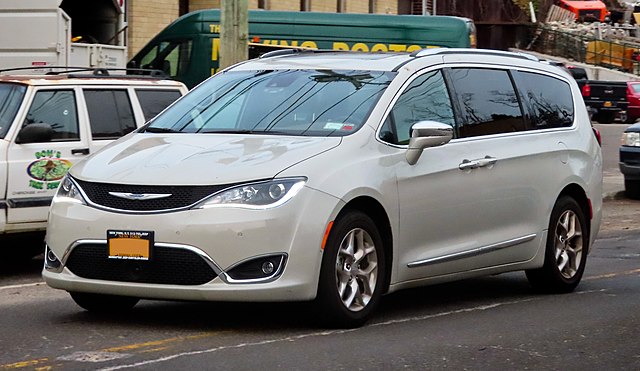
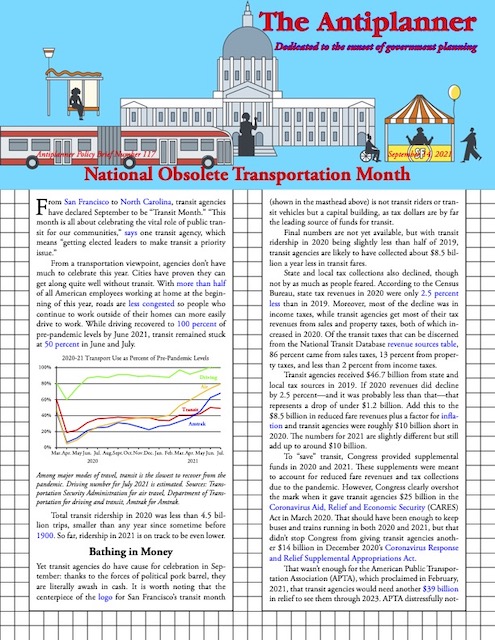
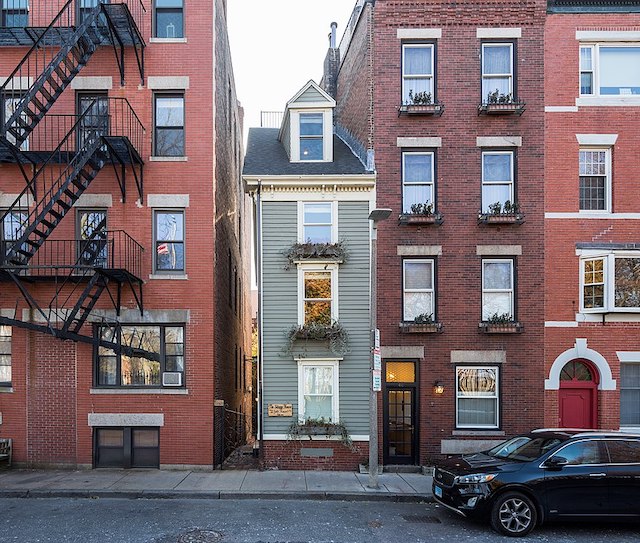

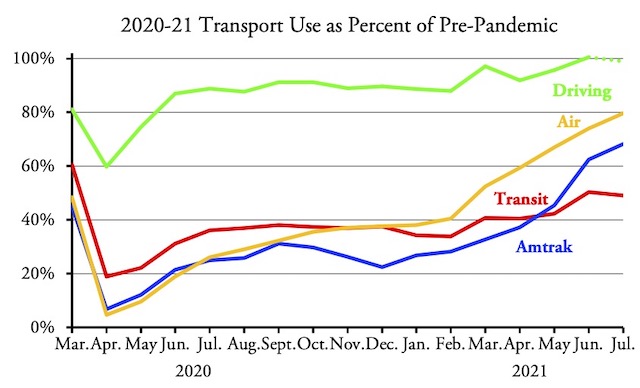
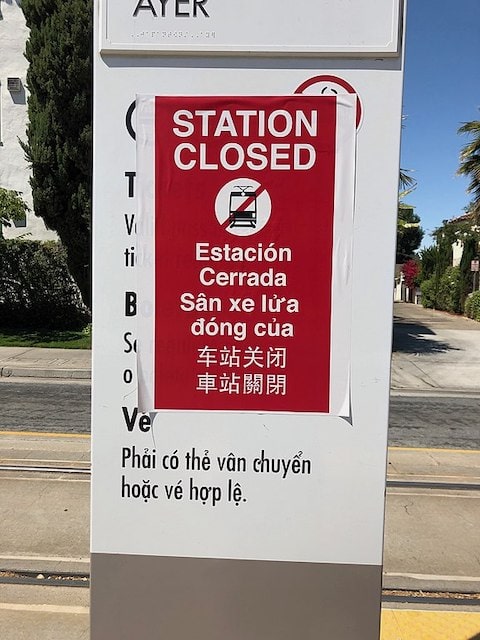 VTA closed its light-rail system for more than three months and part of the system will be closed for even longer.
VTA closed its light-rail system for more than three months and part of the system will be closed for even longer. 






